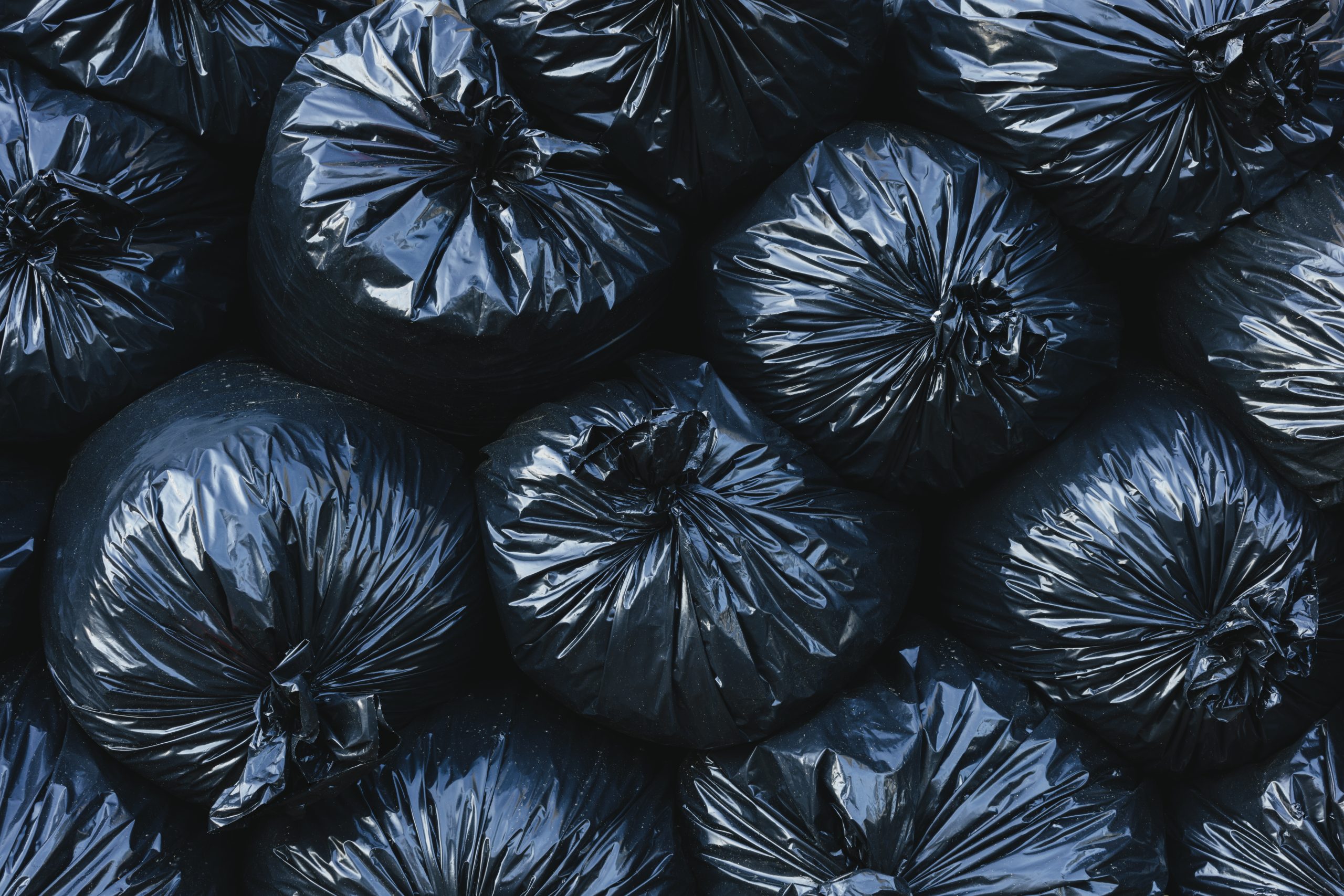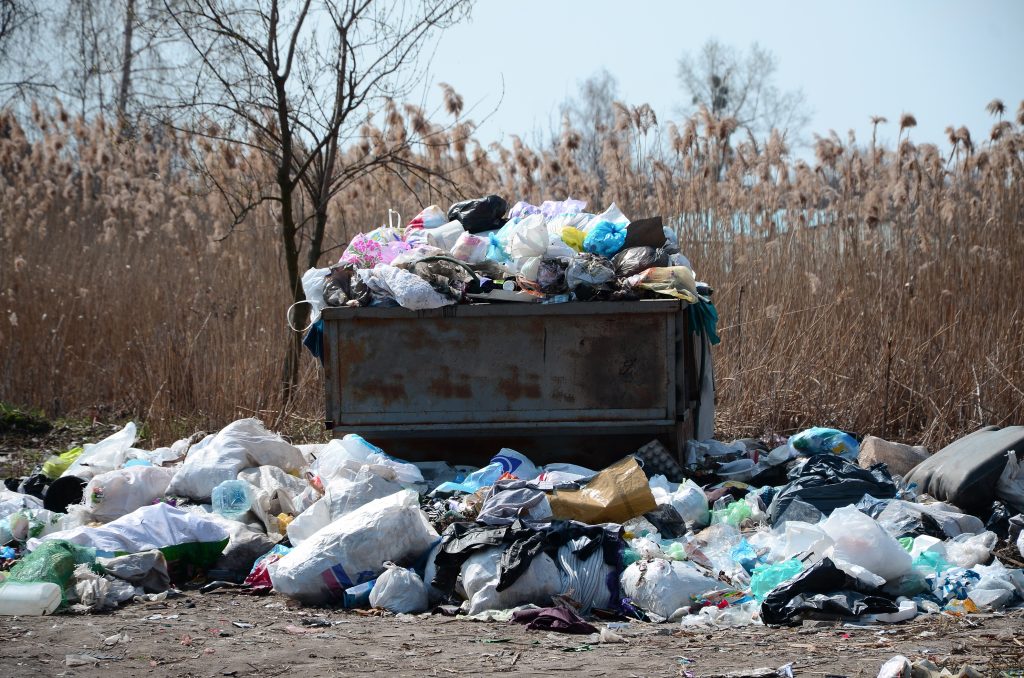Waste & material traceability solution for sustainable facilities

The deficiency in traditional waste management systems starts with the lack of planning. Static planning and manual workload creates an immense amount of inefficiency and block all possible upgrade on production. The solution is simple yet effective. Smart Waste Management. Measurement provides complete control and provides access to possible opportunities while eliminating potential errors. The most valuable data in proper waste management is the container occupancy. Why should we measure the waste container occupancy rate?
“Without data, you are just another person with an opinion.”
– W. Edwards Deming

Technological innovations allow every industry to reach its best efficient potential. For Waste Management, the traditional waste collection processes follow an inefficient path. The pickup trucks follow a static route, very trip without any knowledge of the dumpster’s fullness rate and whether it really needs to be picked up or not. However, the amount of waste is rising along with the complexity of some products and components. The increasing volume of waste generated in contrast with the final landfill shortage has caused severe waste generation concerns. To simply put, the increasing generated waste can no longer be adequately managed by previous systems.
As pointed previously, the only way to fully gain control over assets is by monitoring the container fullness levels. Data should no longer be used as a manually gained aftermath source. Automated measurement rates have relentless benefits.
An important element of any productive business is the smoothness between the interactions of stakeholders. With the right-size service and data usage, you can guide conversations with customers on adequately adjusting their collection service levels up or down depending on how their business changes. In order to meet contractual obligations, a container’s previous history can be used instead of resorting to human labor to provide waste production reporting. With correct measurements by sensors, the routes are dynamically generated for the collection trucks. Each collection trucks run different routes daily, based on actual container fullness to reduce collection costs.

The accessibility of the measured and meaningful data comes from a combination of software and hardware. SmartBin systems identify the fullness inside the containers, and the software extensions provide accessibility. Highly accurate and automated container volume fullness monitoring sensors are hard to damage and easy to afford. Depending on the container’s material, there may be hazardous and environmentally dangerous waste inside the containers, but the sensors are resistant to water fire and pressure. As a plus, the sensors give notification if there are any fire inside the container. Since different types and amounts of waste require different dumpsters, the sensors vary. Currently, the two leading technology choices are ultrasonic (sonar) or image-based sensors.
Image-based sensors: Image-based sensors provide photos from the interior of the dumpster with a wide-angle camera. The images are accessible directly from the cloud, where they’re automatically analyzed through software to determine container fullness. There are even drone technologies that use image-based sensors to separate the type of waste.
Ultrasonic sensors: An ultrasonic sensor sends a high-frequency sound wave into the container and measures. The sensor determines the amount of waste within the sound wave’s limited range depending on how long it takes for the sound’s echo to bounce back.
Every drop of resource and every minute counts and we care. We believe that Smart Waste management is the best practice for achieving a better future, both in terms of citizens’ quality of life and excellence in operational response.
Evreka has the most comprehensive set of solutions on the path of reaching Smart cities! Our All-in-One platform covers high technology solutions such as Fleet management or Citizen Management.
Cover the whole waste process with highly innovative technology and environmental-friendly solutions from collection to treatment and recycling.